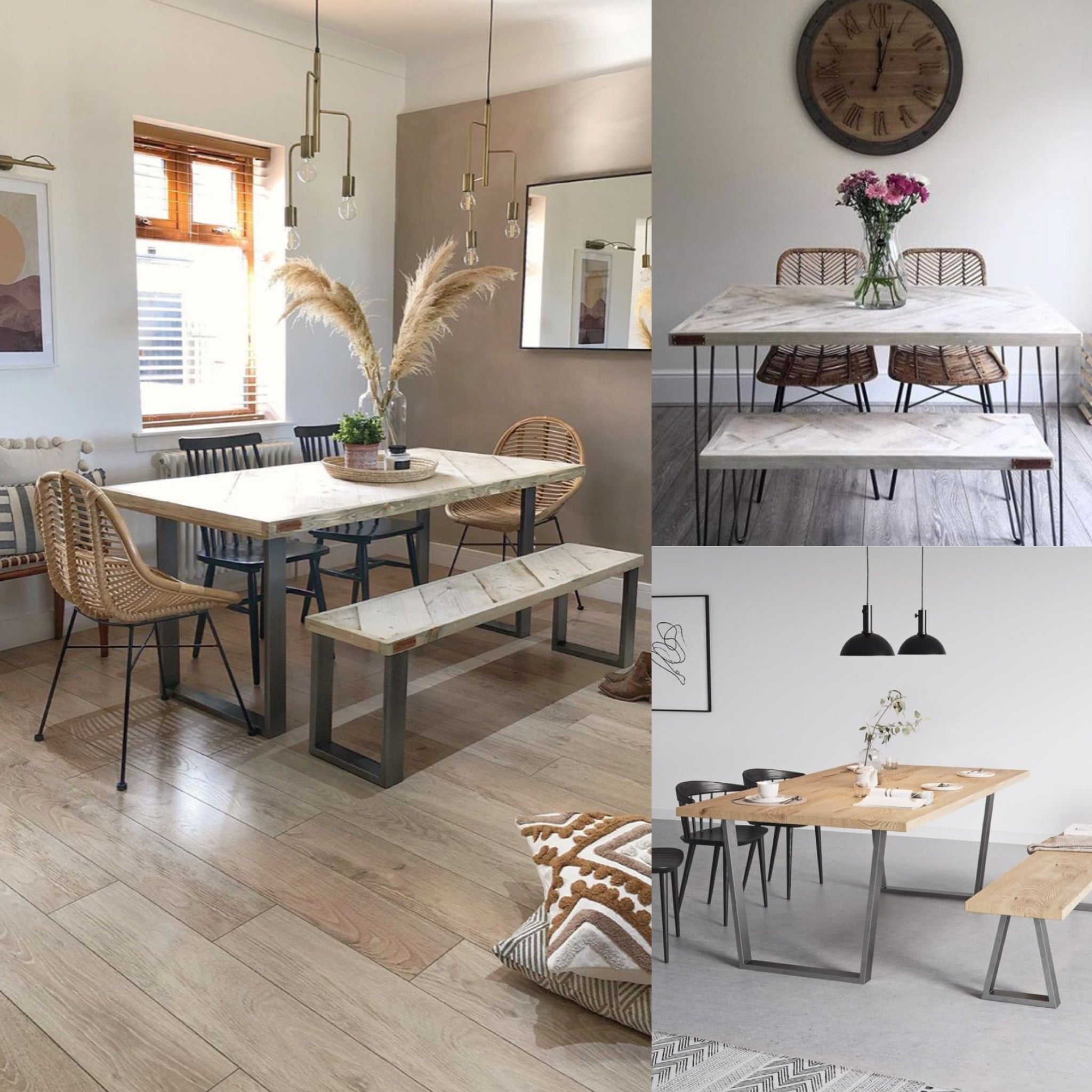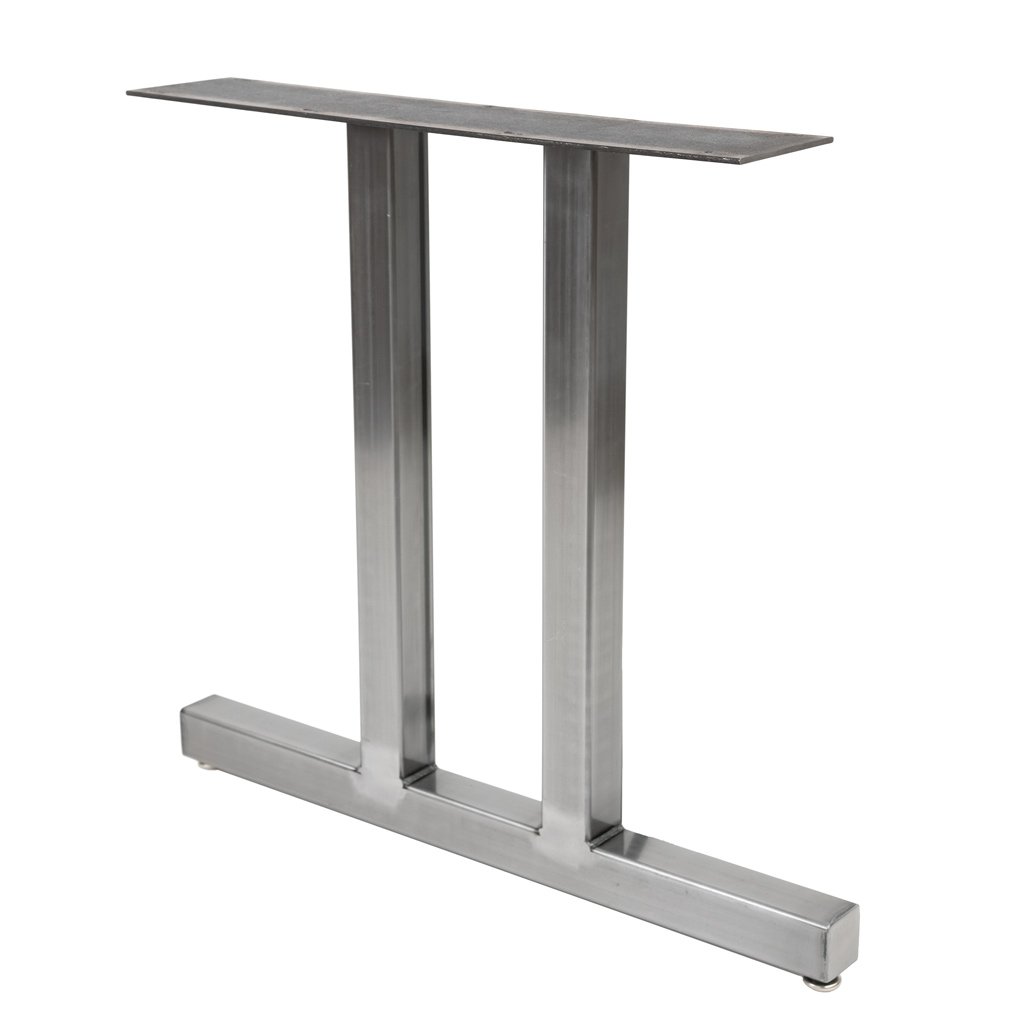Transform Your Dining Space with Stylish Dining Room Table Legs
Transform Your Dining Space with Stylish Dining Room Table Legs
Blog Article
From Conventional to Modern: Discover the Suitable Dining-room Table Legs for Your Style
The option of dining-room table legs plays a crucial role in defining the total personality of your room, connecting the gap in between traditional workmanship and modern aesthetics. While traditional styles such as cabriole and transformed legs stimulate a feeling of classic class, contemporary styles like hairpin and geometric choices offer a possibility for striking visual rate of interest. Examining the appropriate balance between these styles requires a nuanced understanding of your existing decoration and personal preference. As you consider these components, the question stays: just how can you effortlessly integrate these varied leg designs to develop a harmonious dining experience?
Comprehending Table Leg Styles
The selection of dining-room table leg styles can substantially influence both the visual appeals and functionality of the room. Each leg style adds one-of-a-kind functional attributes and visual elements, accommodating diverse style choices and usage needs. Comprehending these styles is essential for choosing the appropriate eating table that lines up with your overall interior decoration vision.
For circumstances, tapered legs offer a clean, classic look that can improve a room's elegance, while stand bases supply security and take full advantage of legroom, making them ideal for smaller spaces. Barrette legs, a characteristic of mid-century contemporary layout, introduce an industrial panache, enabling for an airy, open feeling. Likewise, trestle legs evoke rustic appeal, giving durable assistance and a sense of eternity.
Additionally, the selection of materials plays a considerable function. Wooden legs can bring heat and texture, whereas metal choices frequently convey a sleek, contemporary vibe. Ultimately, comprehending table leg styles is crucial for producing a cohesive dining location that reflects personal style while making certain practicality and convenience. By attentively considering these components, you can enhance both the practical and visual charm of your eating space.
Conventional Table Leg Options
When picking dining-room table legs, conventional alternatives frequently personify classic sophistication and workmanship. These layouts mirror an abundant heritage and a dedication to quality, making them ideal for those who value timeless aesthetics.
Among one of the most renowned conventional leg styles is the cabriole leg, characterized by its stylish curved form. This style frequently includes decorative carvings and is most frequently located in Queen Anne and Chippendale furniture. One more prominent choice is the transformed leg, which flaunts a collection of smooth, rounded forms that supply a traditional appearance while preserving security.
Additionally, the straight leg, while easy, supplies a sturdy and unadorned framework that can mix perfectly with a selection of tabletop designs. For those drawn to ornate detailing, claw-and-ball feet legs stimulate a sense of splendour and can serve as a spectacular centerpiece in any kind of dining space.
Lastly, stand bases, although not strictly legs, provide an alternate standard option that enables for enough legroom and can be wonderfully carved. Each of these standard leg styles adds to the total atmosphere of a dining room, marrying feature with aesthetic allure.

Modern Table Leg Designs
Modern table leg designs use a diverse variety of designs that emphasize innovative products and clean lines. These designs frequently prioritize capability while acting as striking centerpieces within a dining area. Minimalist aesthetic appeals prevail, with legs crafted from products such as steel, glass, and engineered timber, which add to a contemporary and ventilated feel.
One popular layout is the hairpin leg, characterized by its slim, tapered framework that offers security without frustrating the tabletop (dining room table legs). This style is you can find out more usually located in mid-century modern furnishings and can easily match numerous table shapes. One more pattern is the usage of geometric shapes, where legs may tackle asymmetrical or angular types, including aesthetic interest and a touch of creativity

Blending Designs for One-of-a-kind Spaces
Frequently, property owners look for to produce one-of-a-kind eating rooms that reflect their personal design by blending different design aspects. This method enables the incorporation of varied aesthetic appeals, leading to a harmonious yet unique atmosphere. For example, pairing a rustic wood table with sleek, modern-day steel legs can create a distinctive contrast that raises the space's total charm.
In addition, integrating vintage table legs with modern table tops can evoke a sense of background while keeping a modern sensibility. Such mixes not just display individual preference yet additionally motivate imagination, permitting property owners to curate an area that really feels both personal and welcoming.
Color plays an essential role in this blending process; picking table legs that enhance or contrast with the existing color design can boost aesthetic passion. For instance, whitewashed legs can soften the daring of a dark table surface, creating a well balanced aesthetic.
Tips for Selecting the Right Legs
Selecting the right table legs is essential for accomplishing both functionality and aesthetic appeal in your dining room. Begin by considering the total next design of your space. Typical settings profit from legs that include complex makings or transformed styles, while modern rooms might ask for sleek, minimal designs.
Next, examine the height and stability of the legs. dining room table legs. Basic dining tables range in between 28 to 30 inches in height, so make certain the legs enhance this measurement for comfort. Furthermore, robust products, such as hardwood or metal, can improve stability and longevity
Evaluate the leg form also-- choices include right, tapered, or stand designs. Straight legs use a classic appearance, while conical legs can add a touch of style. Pedestal bases provide ample legroom and are suitable for smaller areas.
Conclusion
In recap, selecting the excellent dining area table legs calls for careful factor to consider of both contemporary and conventional styles. Standard alternatives such as cabriole and transformed legs supply ageless elegance, while modern-day layouts like barrette and geometric shapes offer a contemporary touch. By balancing leg design, height, and material with the overall décor, a cohesive and inviting atmosphere can be achieved. Eventually, the selected table legs ought to show the preferred aesthetic, enhancing the eating experience within the area.
The range of eating space table leg styles can substantially influence both the appearances and capability of the space. Ultimately, recognizing table leg designs is crucial for developing a cohesive eating location that reflects personal design while guaranteeing usefulness and convenience.One of the most famous standard leg designs is the cabriole leg, defined by its graceful curved form. Straight legs offer a traditional look, while tapered legs can add a touch of style.In summary, selecting the suitable eating room table legs calls for cautious factor to consider of both modern and typical designs.
Report this page